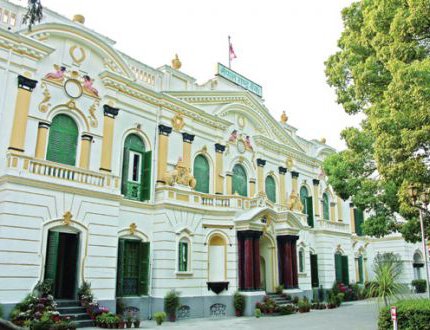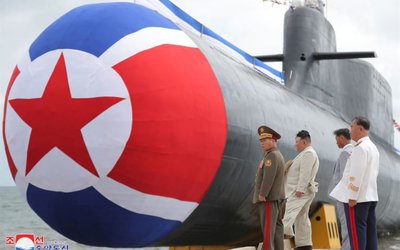
The total export of Nepal is so dismal that it cannot even finance the import of total petroleum products that are coming through India.
In the fiscal year 68/69, Nepal exported a total of NRs. 74.6 billion and made imports of NRs. 462.7 billion. While petroleum products of some NRs. 92.3 billion alone were imported, according to various media reports.
Although remittances have provided the economy a needed lifeline, such dependency on remittances cannot be relied for long. Nepal’s economy has been suffering from all directions. From political crisis to labor problems and power shortages, everything has impacted on the economy.
According to the Nepal Rastra Bank’s (NRB) Macroeconomic Situation of Nepal, which is based on four months' data of FY 2012/13, the current situation of Nepal’s economy is very dismal and if major actions are not taken then it will go downhill even in the future.
Due to high growth of imports, the ratio of export to import declined to 14.8 percent in the review period from 17.5 percent a year ago.
Although the overall Balance of Payment (BOP) received a surplus in the four months of 2012/13, the surplus is seen only due to high remittances received by the country.
The overall BOP recorded a surplus of NRs. 140.7 million during the four months of 2012/13 compared to a surplus of NRs. 46.31 billion during the same period of the previous year. The current account, however, posted a deficit of NRs. 1.77 billion in the review period in contrast to a surplus of NRs. 20.73 billion in the same period of the previous year.
“The deficit in the current account was primarily due to a substantial rise in the imports of merchandise, the deficit in the net services income compared to a surplus in the corresponding period in the previous year and the slow growth of workers' remittances in the review period,” states the NRB report.
However, for the common people, the problems are also high as the inflation is on a rise. The year-on-year (y-o-y) inflation as measured by the consumer price index increased by 10.5 percent in mid-November 2012 as compared to 8.5 percent in the corresponding period of the previous year.
The gross foreign exchange reserves also increased by 0.7 percent to Rs. 442.33 billion in mid-November 2012 from a level of NRs. 439.46 billion as at mid- July 2012.
The merchandise exports went up by 11.7 percent to Rs. 26.46 billion in the four months of 2012/13. Such exports had increased by 10.7 percent to Rs. 23.69 billion during the same period of the previous year. On a monthly basis, merchandise exports decreased by 15.3 in October/November of the current fiscal year compared to that of the previous month.
During the review period, the revenue mobilization of the Government of Nepal also grew and the government’s total expenditure increased by 4.5 percent. The government budget remained at a surplus of NRs. 14.07 billion.
“A high growth of resource mobilization relative to government expenditure accounted for such a surplus during the review period,” states the report.
On the other hand, the reserve money decreased by 5.6 percent during the review period as against an increase of 17.0 percent in the corresponding period of last year.

Debesh Adhikari
Adhikari is a computer science student and writes on various contemporary issues.
- The UK Expressed Deep Concerned About Tensions in Nepal
- Mar 09, 2017
- Development Partners and Ministry of Education Agree to drive quality education
- Sep 28, 2016
- END HUNGERNepal plans to end hunger by 2025
- Mar 14, 2016
- UK Hopes For Inclusive Resolution For Nepal
- Sep 17, 2015
- Micromax Launches Bolt D320 For Nepali Market
- Aug 07, 2015
















